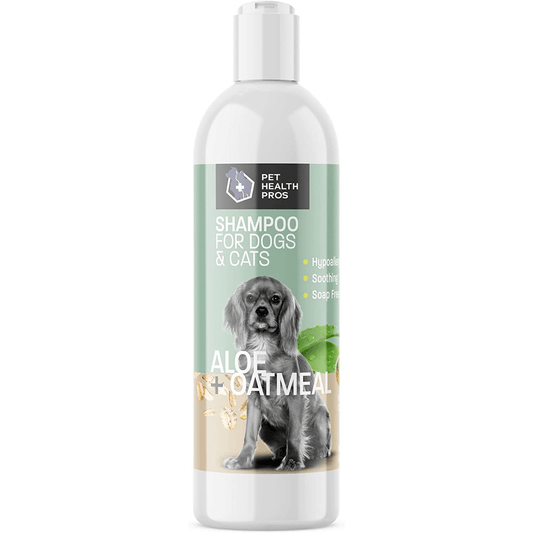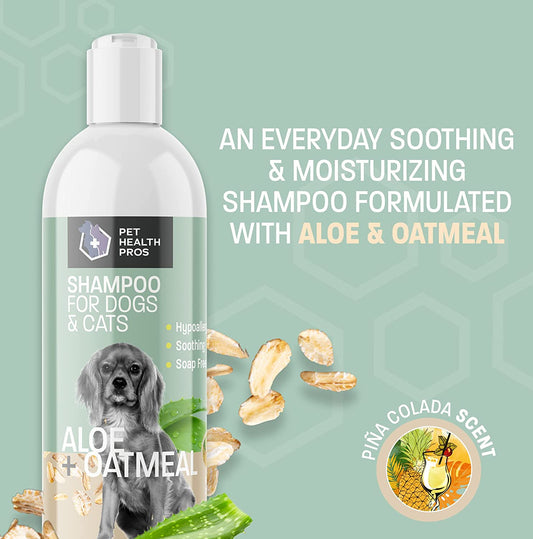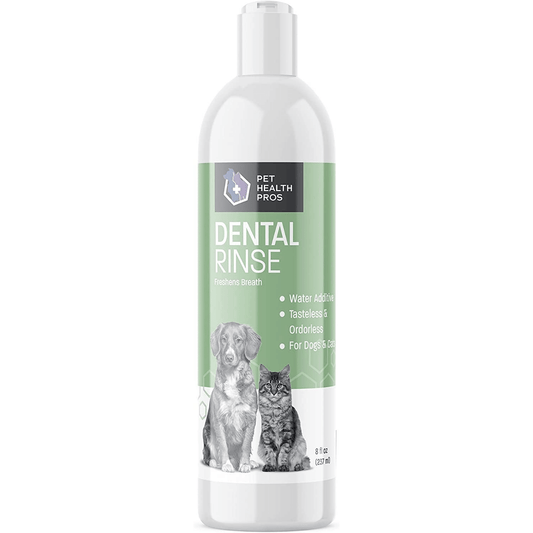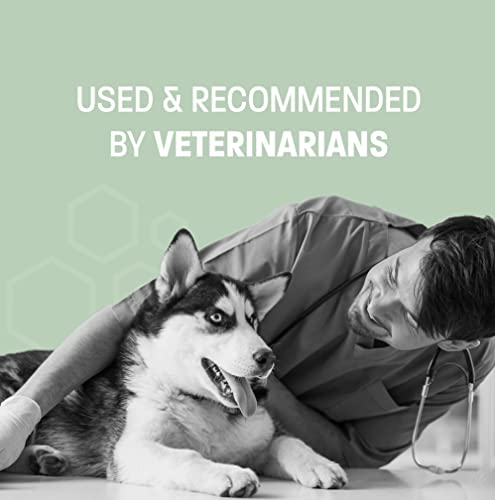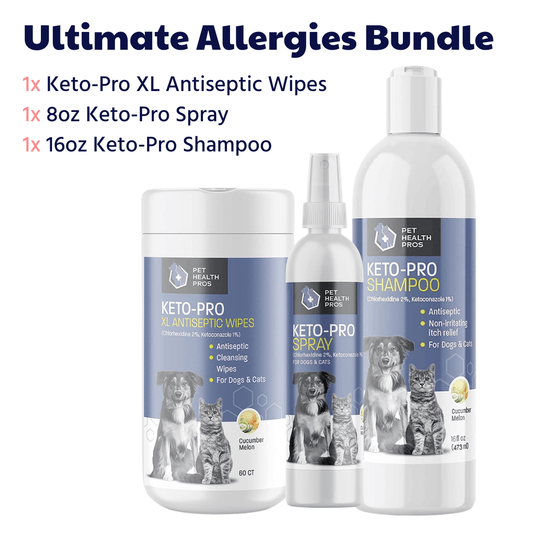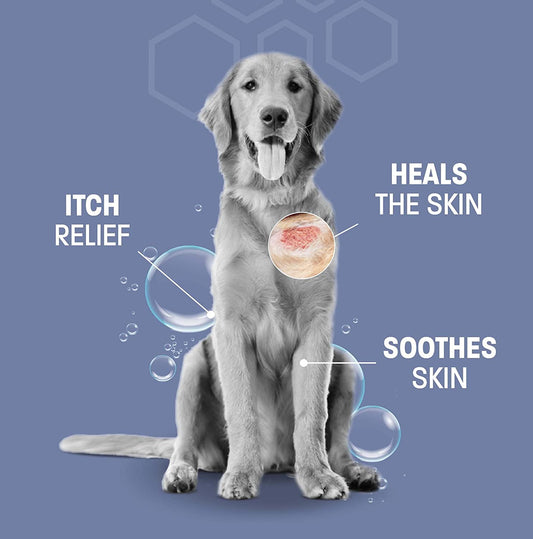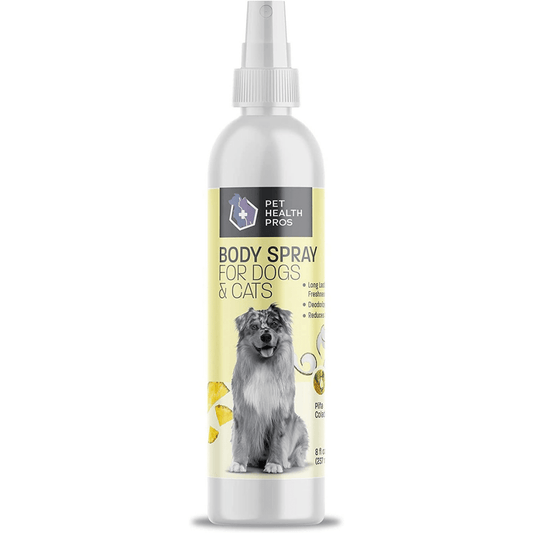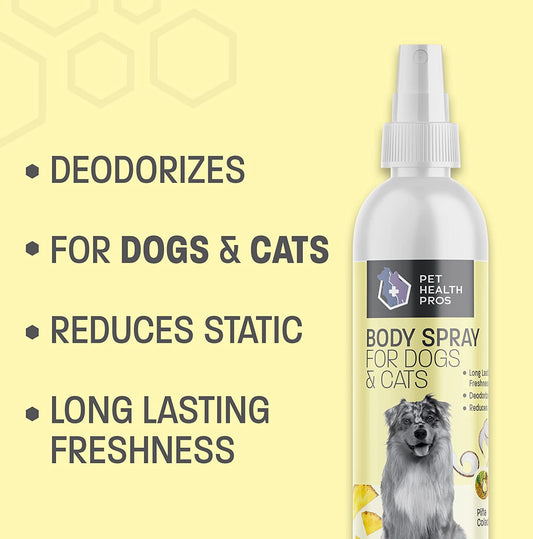Dogs chewing on things they shouldn't is a common problem for many pet owners. Whether it's your favorite pair of shoes or the corner of the couch, it can be frustrating and costly. Luckily, there's a simple solution that might help: no chew dog spray. This article dives into how these sprays can help stop destructive chewing and save your belongings.
Key Takeaways
- No chew dog spray can save your furniture from becoming a chew toy.
- These sprays work by using ingredients dogs find unpleasant.
- It's important to choose a spray that's safe for your pet and your home.
- No chew sprays are most effective when combined with training.
- Not all dogs will respond to sprays, so alternatives may be needed.
Understanding the Problem of Destructive Chewing in Dogs
Common Causes of Chewing Behavior
Dogs chew for a variety of reasons. For puppies, it's often part of the teething process, helping to soothe their gums. In older dogs, chewing can be a way to explore their environment or relieve boredom. Stress and anxiety are also big reasons why dogs might chew. If a dog is left alone for too long or if they're not getting enough exercise, they might start chewing to cope with their feelings.
Signs Your Dog's Chewing is Destructive
Not all chewing is a problem, but when it starts damaging your stuff, it's time to take notice. Look for these signs:
- Chewed-up shoes, furniture, or other household items
- Pieces of chewed objects found around the house
- Your dog seems to be chewing more when left alone
If you notice these signs, your dog's chewing might be more than just a minor issue.
The Impact of Chewing on Household Items
A dog with a chewing habit can cause a lot of damage. From gnawed table legs to shredded pillows, the cost of replacing these items can add up quickly. Plus, there's the risk of your dog swallowing something harmful, which could lead to a trip to the vet. It's not just about the money; it's about keeping your dog safe too.
Destructive chewing isn't just an inconvenience—it's a sign that your dog might need more attention or a change in their routine. Addressing this behavior early can save your belongings and help your dog feel more at ease.
What is No Chew Dog Spray and How Does It Work?
Ingredients That Make No Chew Sprays Effective
No chew dog sprays are crafted to deter dogs from gnawing on things they shouldn't. These sprays are typically infused with ingredients that taste bitter or unpleasant to dogs, like bitter apple or citrus extracts. The goal is to make chewing on sprayed items a less enjoyable experience for your pup. It's like giving your dog a taste of something they just can't stand.
How No Chew Sprays Deter Chewing
When you spray these solutions on furniture or shoes, the bitter taste discourages dogs from continuing their chewing frenzy. This method is straightforward: apply the spray to the areas you want to protect, and let the unpleasant taste do the rest. Dogs usually learn quickly that the sprayed items aren't as fun to chew on.
Safety Considerations for Using No Chew Sprays
While these sprays are generally safe for pets, it's essential to read the labels and follow the instructions carefully. Some dogs might have allergies or reactions to certain ingredients, so a patch test is a good idea. Also, ensure the spray doesn’t contain toxic substances. If you're unsure, consulting with Pet Genius can offer insights into the best options for your furry friend.
Using no chew dog spray can be a simple yet effective way to protect your belongings while teaching your dog what not to chew. Remember, combining the spray with positive reinforcement and training will yield the best results.
Benefits of Using No Chew Dog Spray
Protecting Your Furniture and Belongings
If your dog's chewing has turned your furniture into a chew toy, no chew dog spray might just be your new best friend. These sprays are specially designed to make items taste unpleasant to dogs, which means your couch might finally get some peace. By applying the spray on items you want to protect, you create a boundary without needing to constantly supervise your pup.
Reducing Stress for Pet Owners
Let's face it, coming home to find your favorite shoes destroyed is stressful. With no chew dog spray, you can reduce these unpleasant surprises. Knowing your belongings are safe can give you peace of mind, making pet ownership a bit more enjoyable. Plus, less damage means fewer repair costs, which can be a real relief.
Promoting Positive Chewing Habits
No chew sprays aren't just about stopping bad behavior—they can help guide your dog towards more appropriate chewing habits. Pair the spray with chew toys to redirect your dog's energy. This way, your dog learns what's okay to chew and what's not, helping them develop better habits over time.
While no chew sprays aren't a magical fix, they can be a helpful tool in managing your dog's chewing habits. Combine them with training and patience, and you'll likely see positive changes.
How to Choose the Right No Chew Dog Spray for Your Pet
Factors to Consider When Selecting a Spray
Picking the right no chew dog spray can be a bit tricky, but there are some things you should keep in mind. First off, make sure the ingredients are safe for your dog. Some sprays have natural ingredients, while others might have chemicals that could irritate your pet's skin or make them sick if ingested. It's always a good idea to check with your vet if you're unsure.
Next, think about the specific needs of your dog. Some sprays are more effective on certain materials, like wood or fabric, so consider where your dog tends to chew most. Also, consider if your dog has any allergies or sensitivities that might affect your choice.
Lastly, consider the ease of use. Some sprays come in bottles that are easier to handle and apply, which can be a big help if you need to use them frequently.
Comparing Popular No Chew Spray Brands
When it comes to brands, there are quite a few options out there. Some popular ones include Grannick's Bitter Apple, Rocco & Roxie No Chew Spray, and Emmy's Best. Each brand has its own unique formula, so it might take a little trial and error to find the one that works best for your furry friend.
Here's a quick comparison:
| Brand | Key Features | Price Range |
|---|---|---|
| Grannick's Bitter Apple | Alcohol-free, natural ingredients | $10-$15 |
| Rocco & Roxie | Long-lasting formula, safe for furniture | $15-$20 |
| Emmy's Best | Non-toxic, safe for pets and humans | $12-$18 |
Tips for Testing a New Spray on Your Dog
Before you go all in with a new spray, it's smart to test it out first. Apply a small amount to a less noticeable area to see how your dog reacts. Watch for any signs of irritation or discomfort. If everything seems fine, you can gradually apply it to other areas.
Also, observe your dog's behavior after using the spray. Some dogs might be more stubborn and continue to chew, in which case you might need to try a different brand or combine it with behavioral solutions for better results.
Choosing the right no chew dog spray is all about understanding your dog's unique needs and preferences. With a little patience and experimentation, you'll find the perfect solution to keep your home chew-free.
Tips for Effective Use of No Chew Dog Spray
Applying the Spray Correctly
When it comes to using no chew dog spray, the first step is making sure you apply it properly. Start by shaking the bottle well to ensure all the ingredients are mixed. Then, spray a small amount on a hidden area of the furniture to test for any discoloration or damage. This step is crucial to avoid ruining your belongings. If all looks good, apply a generous amount on the areas your dog tends to chew.
Combining Sprays with Training Techniques
Sprays alone might not completely stop your dog's chewing habits. It's a good idea to combine the spray with training techniques. Use positive reinforcement when your dog avoids chewing the sprayed areas. Offer chew toys as alternatives and praise your dog when they choose these instead. This way, you're encouraging positive behavior alongside using the spray.
Monitoring Your Dog's Response to the Spray
Every dog is different, so it's important to watch how your dog reacts to the spray. Some dogs might be more stubborn and require additional training or alternative methods. Keep an eye on whether the chewing decreases and adjust your strategy accordingly. If your dog seems unaffected, you might need to try a different approach or consult a professional trainer.
Using no chew spray can be an effective way to protect your furniture and belongings, but it's not a one-size-fits-all solution. Patience and observation are key to finding what works best for your furry friend.
For a homemade solution, you might want to try a lemon juice spray by mixing one cup of water with two tablespoons of lemon juice. This natural deterrent is often effective and safe for most surfaces.
Alternatives to No Chew Dog Spray
Dogs love to chew, and providing them with the right toys can be a great way to keep them from gnawing on your shoes or furniture. Chew toys come in all shapes and sizes, designed specifically to satisfy your dog's urge to chew. These toys not only keep your dog entertained but also help maintain their dental health. Look for toys made from durable materials, like rubber or nylon, that can withstand your dog's chewing.
Training Techniques to Discourage Chewing
Training your dog not to chew on certain items can be a bit of a challenge, but it’s definitely doable with patience and consistency. Start by redirecting your dog’s attention from the item they’re chewing to a toy they are allowed to chew. Reward them with treats or praise when they choose the right item. Consistency is key here; make sure everyone in the household is on the same page with training techniques.
Dietary Supplements That May Help
Sometimes, chewing can be a sign of nutritional deficiencies or anxiety. In such cases, dietary supplements might be worth considering. Omega-3 fatty acids, for example, can support a dog’s overall health, including skin and coat condition, which might reduce chewing. Calming supplements, often containing ingredients like melatonin or chamomile, can help reduce anxiety-related chewing. Always consult with a vet before starting any new supplement to ensure it’s safe for your pet.
While no chew sprays can be effective, exploring these alternatives may provide a more holistic approach to managing your dog's chewing habits. Remember, every dog is different, and what works for one might not work for another.
Understanding the Limitations of No Chew Dog Spray
Why Some Dogs May Not Respond to Sprays
No chew dog sprays can be a handy tool, but they're not a magic fix for every dog. Some dogs just aren't fazed by the bitter taste or smell that these sprays usually have. Every dog has a unique personality and tolerance level, so while one might be put off by the spray, another might not even blink. It's a bit like how some people can't stand the taste of broccoli, while others love it.
Situations Where Sprays May Be Ineffective
There are certain situations where no chew sprays might not do the trick. If your dog's chewing is driven by anxiety or stress, a spray alone might not be enough to stop it. In these cases, the chewing is more of a symptom of a bigger issue, and you might need to address the root cause first. Also, if the spray isn't applied correctly or frequently enough, it might not be effective.
When to Consult a Professional Trainer
If you're finding that sprays aren't working, it might be time to bring in a pro. A professional dog trainer can offer insights into your dog's behavior and help you develop a comprehensive plan to tackle the chewing problem. They'll be able to assess whether the chewing is due to behavioral issues or something else, and suggest alternative strategies that might work better for your furry friend.
Sometimes, what seems like a simple problem has layers that need unraveling. A professional can help you get to the bottom of it and find a solution that works for both you and your dog.
When it comes to using no chew dog spray, it's important to know its limits. While it can help deter your dog from chewing on furniture or other items, it may not work for every dog. Some pets might ignore the spray or find ways around it. For the best results, combine the spray with training and supervision. Want to learn more about keeping your pet safe and happy? Visit our website for tips and products that can help!
Wrapping It Up
So, there you have it. No chew dog sprays can be a real game-changer for those of us dealing with dogs that just can't resist gnawing on everything. It's not just about saving your shoes or furniture, but also about keeping your furry friend safe from swallowing something they shouldn't. While it might not be a magic fix for every dog, it's definitely worth a shot if you're at your wit's end. Just remember, every dog is different, so it might take a bit of trial and error to find what works best for your pup. And hey, if it saves you from another chewed-up couch, it's probably worth it.
Frequently Asked Questions
What is a no chew dog spray?
A no chew dog spray is a special liquid that you spray on things you don't want your dog to chew. It tastes bad to dogs, so it helps stop them from chewing on stuff like furniture or shoes.
How do I use a no chew dog spray?
To use a no chew dog spray, just spray a little on the things you want your dog to stop chewing. Make sure to follow the directions on the bottle for the best results.
Is no chew dog spray safe for my pet?
Yes, most no chew dog sprays are safe for pets. They are made with ingredients that taste bad but won't harm your dog. Always check the label to be sure.
Will no chew dog spray work for all dogs?
No chew dog spray works for many dogs, but not all. Some dogs might not mind the taste, so it’s good to try it and see if it works for your pet.
Can I make my own no chew dog spray at home?
Yes, you can make a simple no chew spray at home using water and a bit of vinegar or lemon juice. Just remember, homemade sprays might not be as effective as store-bought ones.
What should I do if my dog keeps chewing even after using the spray?
If your dog keeps chewing, try combining the spray with training. Teach your dog what is okay to chew, like toys, and keep using the spray on things you want to protect.

